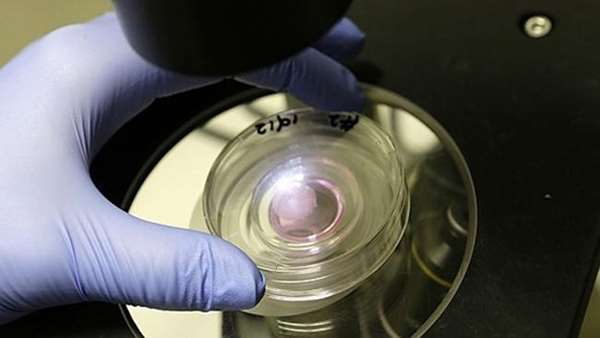Researchers move one step closer towards functioning kidney tissue from stem cells
Researchers from the Murdoch Childrens Research Institute (MCRI), University of Melbourne and Leiden University Medical Centre (LUMC) in The Netherlands have made an important step towards making human kidneys from stem cells that they one day hope can be used to treat kidney disease.
Researchers from the Murdoch Children"s Research Institute (MCRI), University of Melbourne and Leiden University Medical Centre (LUMC) in The Netherlands have made an important step towards making human kidneys from stem cells that they one day hope can be used to treat kidney disease.
The research is part of a regenerative medicine project in which human stem cells are used to develop kidneys with functioning tissue as an alternative for renal replacement. In 2015, Professor Melissa Little and her team grew kidney tissue from stem cells that can be used in drug screening and disease. Researchers across the globe now use this method.
“The mini-kidney we have grown in the laboratory has all the different cell types and structures found in a ‘real’ kidney, but so far we haven’t managed to properly attach the blood vessel system in a culture dish and achieve sufficient maturation of this kidney tissue”, explains LUMC researcher Cathelijne van den Berg.
In this new research, published in Stem Cell Reports, the Australian and Dutch teams transplanted the stem-cell derived kidney organoid under the protective layer surrounding the kidney of a living mouse. They were able to see blood flow through the filtration units of the human kidney organoid by making this tissue using gene-edited stem cells lines of different colours. This also helped them to discover connections between the blood vessels of the mouse and the human kidney tissue. After four weeks of transplantation, the kidney tubules and blood vessels showed evidence of fully developed adult kidney tissue.
‘The fact that we can make kidney tissue from human stem cells and have this develop into mature kidney tissue after transplantation is a very promising step towards developing this further for treatment”, said Professor Melissa Little from the Murdoch Children’s Research Institute.
Chronic kidney disease is rising in incidence by 6% per annum and costs the Australian economy $1 billion a year. It is estimated by Kidney Health Australia that 1 in 10 Australians will show evidence of chronic kidney disease by 2020, but only 1 in 4 patients will receive a transplant. Hence, there is an acute need to develop new therapies.
“There is a long way to go to make the tissue large enough for treatment, but knowing that it will begin to function is an important step along the way”, said Professor Little.





ارسال به دوستان